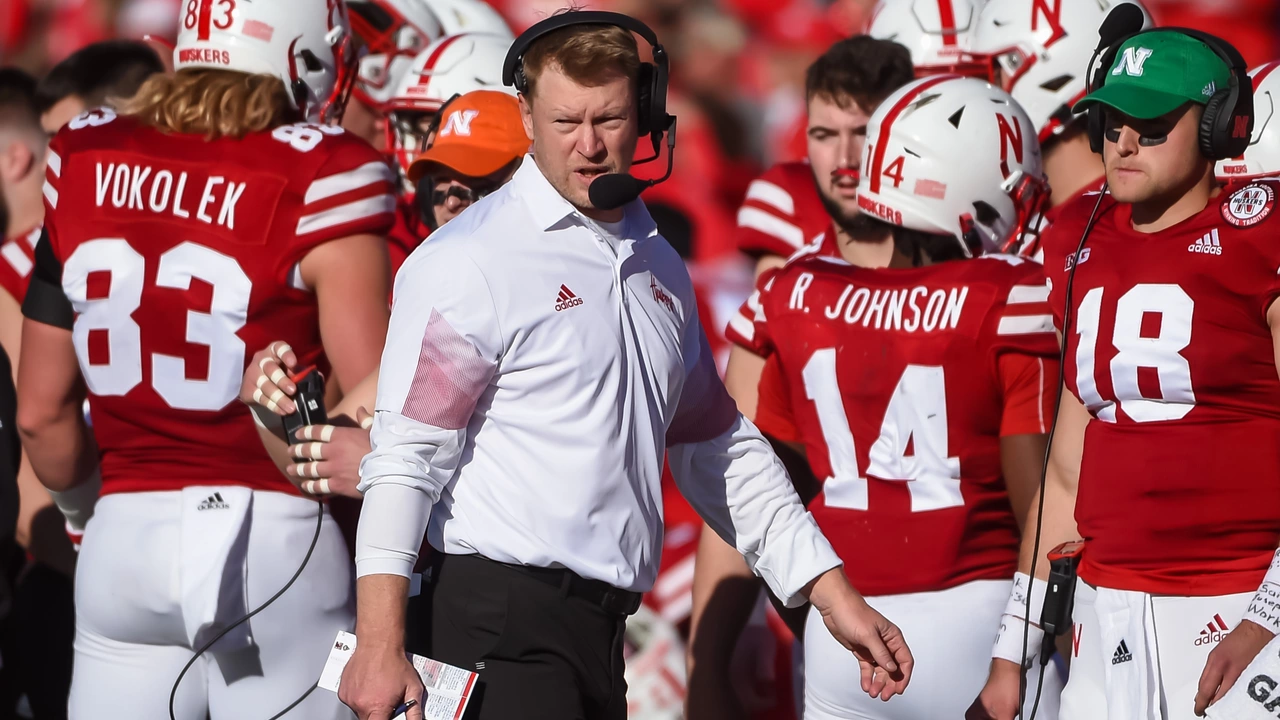Sports Analysis: Understanding the Group of Five and the NFL’s 16‑Game Season
Ever wondered why college football talks about a “Group of Five” or why the NFL limits its season to 16 games? You’re not alone. These two topics shape the way we watch, cheer for, and discuss football every year. Let’s break them down in plain language so you can impress friends at the next game‑day chat.
What’s the Point of the Group of Five?
The Group of Five (Go5) is a collection of five conferences that sit just below the Power Five in college football’s hierarchy. They include the American Athletic Conference, Conference USA, the Mid‑American, the Mountain West, and the Sun Belt. The main idea? Give schools outside the elite conferences a chance to compete for bowl spots and the College Football Playoff conversation.
Without the Go5, smaller programs would get buried under the noise of the big‑name schools. The Go5 creates more storylines—think of a mid‑major team pulling off an upset against a Power Five opponent. Those moments boost fan interest, generate TV revenue, and keep the sport diverse.
Another practical benefit is scheduling balance. Power Five teams need opponents for non‑conference games, and Go5 schools fill that slot. It’s a win‑win: the bigger schools get a manageable opponent, and the Go5 schools get exposure and a paycheck.
Why Does the NFL Only Play 16 Games?
The NFL’s 16‑game schedule isn’t random. It’s a compromise between player safety, fan excitement, and logistical realities. Football is a high‑impact sport, and adding more games would raise injury risk dramatically. Teams need time to recover, and the league wants the best athletes on the field for each showdown.
Fans also play a role. Too many games can dilute the hype. When each week feels crucial, viewership stays high and tickets remain hot. A shorter season builds anticipation, making every Monday night or Sunday headline feel special.
Logistics matter, too. The NFL coordinates travel, stadium availability, broadcast slots, and even holiday schedules. A 16‑game slate fits neatly into a roughly 18‑week window, leaving room for a bye week for each team and a clear postseason timeline.
Lastly, the schedule balances revenue and cost. More games mean more ticket sales and ad dollars, but also higher operational expenses and potential fan fatigue. The 16‑game model hits a sweet spot that keeps the league profitable without overworking players or fans.
Both the Group of Five and the NFL’s 16‑game limit show how football’s organizers juggle competition, safety, and business. Understanding these behind‑the‑scenes decisions gives you a deeper appreciation for the sport you love.
So next time you hear a commentator mention the Go5 or wonder why the season ends after 16 weeks, you’ll have a clear answer. It’s all about keeping the game competitive, safe, and entertaining—for everyone from the players on the field to the fans on the couch.

8
Dec
Cougar Core is the hidden strength system that keeps elite athletes and emergency responders injury-free. Learn what it is, how to build it, and why it beats traditional core workouts.
Read More

18
Jul
In college football, the 'Group of Five' represents five major athletic conferences: American Athletic Conference, Conference USA, Mid-American Conference, Mountain West Conference, and the Sun Belt Conference. The point of having this group is to ensure a level of competition and representation outside of the Power Five conferences. It allows for more diversity and competitiveness in the sport. Not only does it create more opportunities for different teams to shine, but it also intensifies the overall drama and intrigue of the college football season. So, it's not just about the big leagues, the 'Group of Five' adds a whole new dimension to the game.
Read More

1
May
As a dedicated sports fan, I've often wondered why the NFL only plays 16 games in a season. It turns out that this number is mainly due to player safety concerns, as football is a high-impact sport with a higher risk of injuries. Additionally, the NFL wants to maintain a high level of excitement and anticipation for each game, which could be diluted if there were too many games in a season. Furthermore, the league must also consider factors like scheduling and logistics for both teams and fans. Overall, the NFL's 16-game season strikes a balance between player safety, fan engagement, and logistical considerations.
Read More


